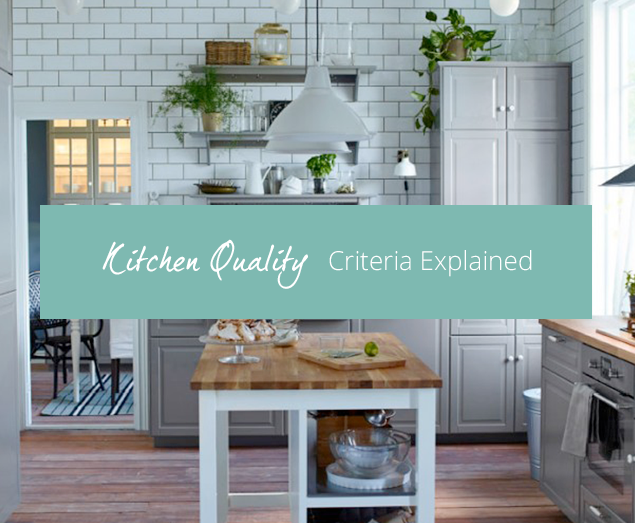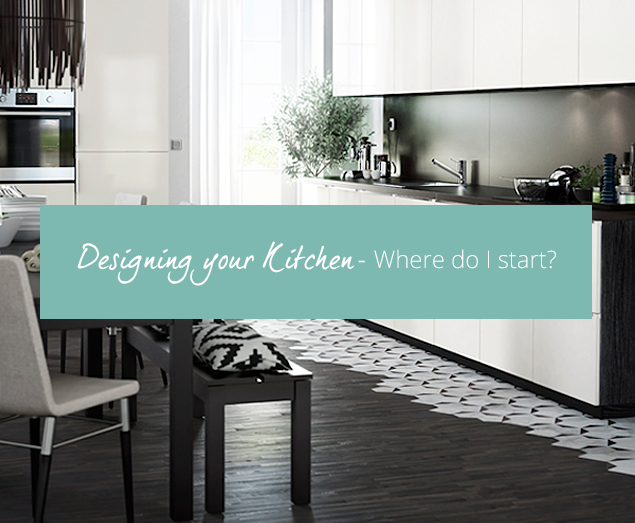In our last blog we gave you a brief overview of what to look for when assessing the quality of a kitchen. Here at Kitchen-Compare, we compare kitchens from major retailers including IKEA and B&Q based on price, quality and finance. There are a number of quality indicators we look for, from construction to materials and we award each kitchen a quality score out of 10. Read on for a more detailed insight into just what we’re looking for in a quality kitchen…
Cabinets
Sturdy cabinets will ensure your kitchen lasts. The first thing to assess is the material – you want to look for a solid wood or quality grade of plywood, to provide a quality foundation. The wall thickness is also a key indicator – 18mm walls will get a higher quality score from us than 15mm. Back panels can range from a 4mm hardboard to 15mm of solid wood, so you might want to consider opting for a thicker back panel. Don’t forget to look at the cabinet guarantee too as this signals how confident the retailer is in the finished quality. You can compare the guarantee from the top retailers on our Compare Retailers page.
Drawers & Shelves
Drawers should provide easy access – expect to be able to open them at least three quarters of the way. Check what the weight is for the pan drawer too: if you’re planning to store heavy items here, make sure it can hold more than 25kg.
For shelves, check for anti-tilt plastic or metal fixings to stop them from tipping. Next, consider how many pre-drilled holes are in the walls for shelf adjustments. Some units come with less than two, those with four or more will make repositioning your shelves to suit your storage needs much easier (and so secure a higher quality score from us).
Hinges
Always look for a soft-close door hinge. Most kitchens do come with these as a standard as it is now a popular choice with consumers. The hinge should also enable to door to be opened fully for ease of access. Hinges can vary by up to 30 degrees so don’t be afraid to test them out.
Ratings & Certifications
In our overview blog, we discussed FSC ratings as a quality signal. Another rating to pay attention to is the prized FIRA Gold Product Certification. FIRA is an independent association for furniture validation. Products are subject to thorough testing and achieving Gold certification is a stamp of high quality.
Now you know how we assess kitchens here at Kitchen-Compare, why not start comparing the quality scores for your dream kitchen?


